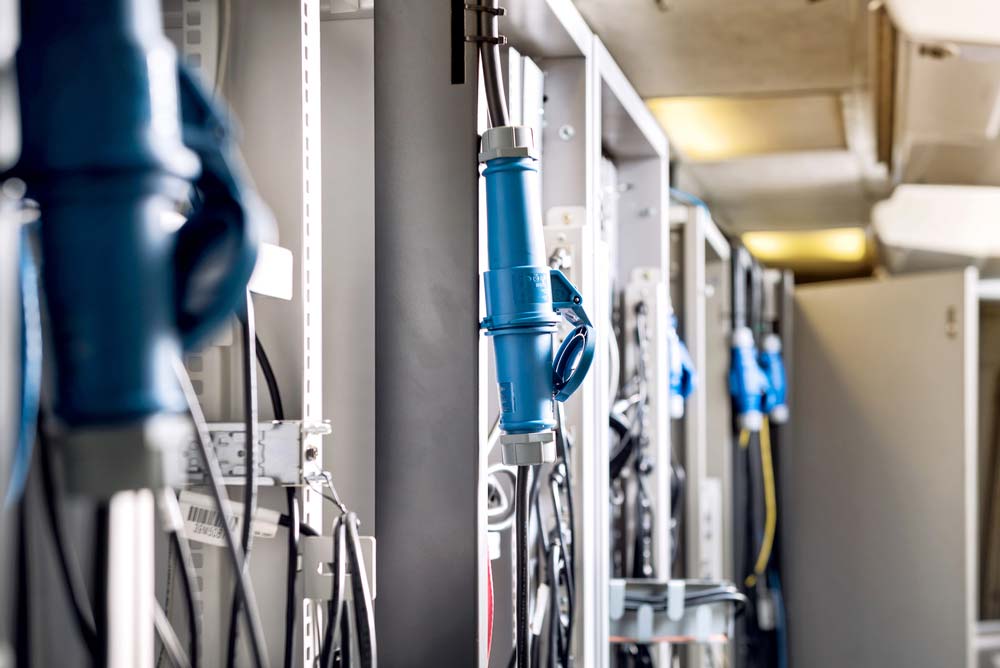OC192 is an optical carrier (OC) that can handle 192 DS3s. A DS3 is a 45 Mb/s signal that can carry internet data or it can carry 28 T1s, voice or data, and 28 T1s is equal to 672 phone calls. In other words, an OC192 is a fiber optic system that can carry 192 DS3’s, which is 5376 T1s or 129,024 voice calls. That is a lot of voice and data traffic! Typically, these optical carrier systems will terminate in a chassis that contains redundant power supplies, redundant alarm and control modules and slots for the actual OC192 cards that terminate the fiber optics. There is usually some type of redundancy included in the fiber optic system design as well. At a minimum you will want to have a primary and a backup OC192 card in the chassis. When working properly, this allows for the primary card to fail, and still have a backup card to process the signals. The other method is similar in that it has a backup card, but there is also a complete and separate pair of fiber optic cables, or ring, connected to this backup card. That cable pair extends between the same two end points, often taking a slightly different path in order to ensure that both cables cannot be cut at the same time. This second method is more costly, but can protect against both fiber cuts and component failures.
With all this ‘protection’ why should we ever have outages and failures of point to points, and internet services? There are lots of reasons why this still happens, and I could not begin to talk about all of them, but I can cover a few common ones.
- Software problems – all these cards are running by virtue of very advanced software and sometimes there are bugs and problems.
- Human error – mistakes either in the setup of the equipment or in a maintenance process
- Untimely failures -sometimes combined with human error or software problems.
- Power failures – even when there are redundant power systems and generators, loss of power is still a common source of service interruptions.
- Cable cuts – we like to think that all our optic cable routes are done in redundant rings, but that is simply not the case. Point to point T1s and DS3s are not usually provisioned on redundant fiber optic rings and even large OC192 systems are often not built in a ring architecture. Cost is the main reason.
- Cable cuts – I put this in here twice because even when there is a ring and the cable route is ‘redundant’ there are still events where both cables are severed or damaged.
Fiber optics are able to transport large numbers of calls and data and the systems they run on are very reliable. All that said, when something as large as an OC192 does fail, its effects are going to be felt by a large number of people. It may be busy signals, dead air, dropped calls or internet problems. Network level OC192 failures are service impacting. At NICE CXone, we design to provide resiliency to the effects of such outages.
- Geographically diverse POPs.
- Multiple ISP’s.
- Multiple trunk groups from multiple carriers for toll free and termination.
- Hardware redundancy
All this diversity in our network means that even when something as large as an OC192 failure occurs in the network, we still have services in operation and service restoration options.




